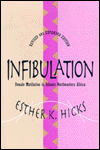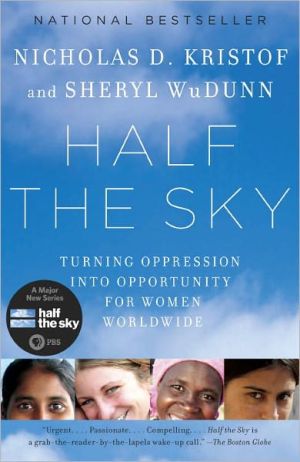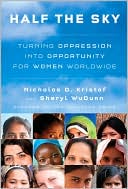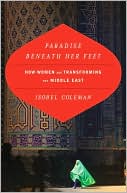Infibulation: Female Mutilation in Islamic Northeastern Africa
Infibulation is the most extreme form of female circumci- sion. It plays an important role in the Islamic societies of northeastern Africa. Until now, the social significance and function of this practice has been poorly understood. In this volume, Hicks analyzes female circumcision as a cultural trait embedded in a historically traditional milieu and shows why it cannot be treated in isolation as a single issue destined for elimination.
Search in google:
Infibulation is the most extreme form of female circumcision. It plays an important role in the Islamic societies of northeastern Africa. Until now, the social significance and function of this practice has been poorly understood. This has been no less true of Western commentators who have condemned the practice than of relevant governments that have attempted to curb it. In Infibulation, Esther K. Hicks analyzes female circumcision as a cultural trait embedded in a historically traditional milieu and shows why it cannot be treated in isolation as a single issue destined for elimination. As Hicks demonstrates, much of the popular resistance to official efforts to eradicate infibulation has actually come from women. Circumcision constitutes a rite of passage for female children. It initiates them into womanhood and makes them eligible for marriage. Often, this is the only positive status position available to women in traditional Islamic societies. Hicks points out that although female circumcision predates the introduction of Islam into the region, the religious culture has successfully codified infibulation into the structural nexus of marriage, family, and social honor at all socioeconomic levels. Hicks analyzes the errors of governments and relevant interest groups in defining and treating infibulation as a public issue. This has serious consequences, especially when governments have resorted to penal measures. It has also had repercussions for international organizations and associated field researchers who have tended to define infibulation as a "social problem," amenable to reform. In exploring the complex interweaving of social, political, and religious factors, Hicks argues that the eradication of female circumcision can only be accomplished as part of a wider agenda of modernization. Infibulation: Female Mutilation in Islamic Northeastern Africa will be of interest to anthropologists, women's studies specialists, students of comparative religion, and A
Figures, Maps, Plots, and TablesPreface and AcknowledgmentsIntroduction11Infibulation: Description, Function, and Diffusion9Function: Indigenous and Academic PerspectivesDiffusion2The Socioeconomic Distribution of Infibulation29Pastoralism in Northeastern Africa and the SudanPastoral-Rural-Urban Interaction and Infibulation3Infibulation in the Social Nexus59Closed Cultural SystemsIslam: A Closed Cultural SystemSocial Space in Islamic SocietiesGender Identification and Differential in Open and Closed Cultural SystemsThe Status Position of Women in Infibulation-Practicing SocietiesMarriage Customs and Laws: An OverviewMale Absenteeism, Sexual Abstinence, Sleeping Arrangements, and InfibulationFertility Levels and Patterns, Mortality and Birthrates, Sex Ratio Distribution, and Infibulation4Methodological Approach and Research Strategy115The Problem of SourcesSample Selection and Statistical AnalysisStatistical AnalysisThe HOMALS-technique5Infibulation and the Composite Variables161The Variables ConsideredMarriage, Status, and the Practice of InfibulationEarly Marriage and InfibulationThe Composite Variables6The Future of Infibulation183Social Change and InfibulationInfibulation, Life Expectancy, and General Health CareThe Conditions for Change7The Problem of Altering Cultural Boundaries193Infibulation in ContextInfibulation: A Social Problem?Islam: The Problem of ChangeThe Future of Infibulation in a Closed Cultural SystemAppendix203Physical GeographyIslamDemographic Data: SudanComparative DataBibliography253Index295








